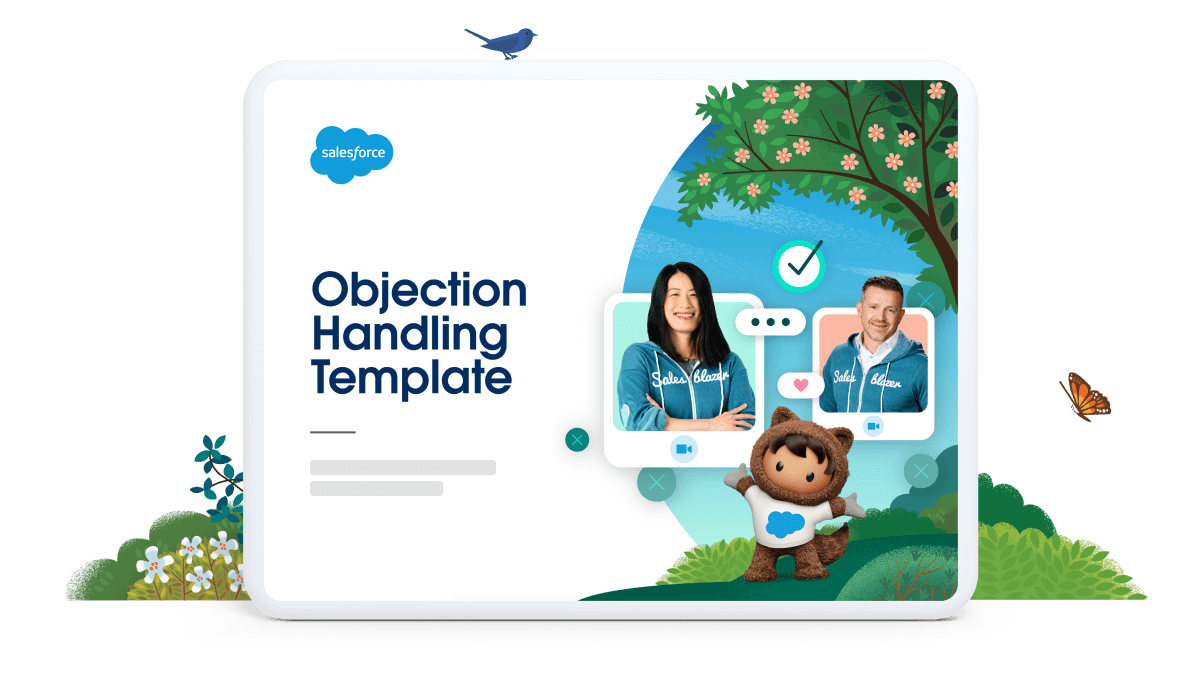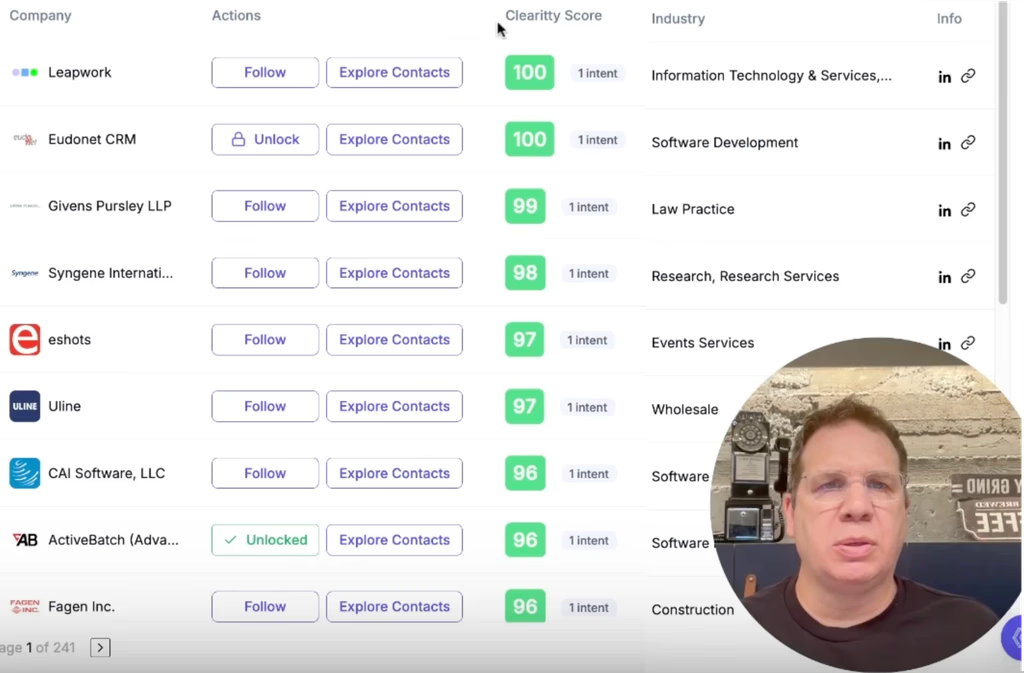Prospecting In Sales
Prospecting in sales refers to the process of identifying and engaging potential customers, or prospects, for a company’s products or services. It is an essential part of any successful sales strategy, as it helps businesses discover new leads, maintain their sales pipeline, and ultimately grow their customer base. The prospecting meaning in sales extends beyond merely searching for potential clients; it also involves qualifying these leads by determining their interest level and fit with the company’s offerings.
In order to illustrate the concept further, one can look at various examples of prospecting. These may include cold calling potential customers, attending networking events to identify new contacts, utilizing social media platforms to connect with prospects or leveraging referral programs from existing customers. Each of these methods offers unique advantages and challenges in terms of reach and efficacy but together form a comprehensive prospecting strategy that can be tailored to suit an organization’s specific needs.
The importance of prospecting cannot be overstated as it plays a crucial role in the overall performance and profitability of any business. A consistent flow of new leads is necessary for maintaining revenue growth and ensuring long-term success. Additionally, prospecting enables sales teams to stay informed about market trends and emerging customer needs, allowing them to better position their products or services for future success.
To maximize the impact of prospecting efforts, several best practices should be employed within an organization’s sales processes:
-
Set realistic goals: Establish clear objectives for your sales team in terms of lead generation targets and conversion rates. This will provide guidance on how much time should be allocated towards prospecting activities.
-
Leverage technology: Utilize tools such as Customer Relationship Management (CRM) systems or marketing automation software that can help streamline the process of identifying, tracking, and nurturing prospective clients.
-
Develop a multi-channel approach: Engage with prospects across multiple touchpoints – including email campaigns, social media interactions, phone calls or face-to-face meetings – to increase visibility and build brand awareness.
-
Prioritize high-quality leads: Focus your prospecting efforts on potential customers who have a higher likelihood of purchasing your products or services. This can be achieved by implementing lead scoring methodologies that rank prospects based on factors such as their budget, decision-making authority, or demonstrated interest in your offerings.
-
Continuously refine and optimize processes: Regularly evaluate the effectiveness of your prospecting activities to identify areas for improvement and adjust strategies accordingly.
-
Train and empower sales staff: Provide ongoing education and support to ensure your sales team is well-equipped with the skills needed to effectively engage with prospects, address objections, and close deals.
Implementing these best practices in sales prospecting can significantly improve an organization’s ability to identify, attract, and convert new clients while maintaining a steady pipeline of opportunities. In today’s competitive business landscape, companies must continually adapt their approach to prospecting in order to stay ahead of market trends and capitalize on emerging opportunities for growth. By prioritizing this critical aspect of the sales process, businesses can set themselves up for long-term success – ultimately increasing revenue generation potential and fostering sustainable expansion.
Prospecting Methods
Prospecting methods are crucial for any sales team, as they determine the effectiveness of sales prospecting techniques and the overall success of the organization. With businesses constantly evolving and adapting to new technologies and market trends, it is essential for sales professionals to refine their approach to prospecting. This includes incorporating up-to-date B2B prospecting methods and utilizing best prospecting email examples.
In the realm of sales prospecting techniques, one must understand that not all prospects are created equal. To maximize the chances of converting a lead into a customer, it is vital to identify high-quality prospects by employing targeted strategies. For instance, conducting comprehensive market research enables businesses to define their ideal customer profile (ICP). An ICP is a detailed representation of the target audience, taking into account factors such as demographics, firmographics, and psychographics. By understanding these attributes, sales representatives can better tailor their messaging and approach in order to resonate with prospects more effectively.
Another valuable prospecting method involves leveraging social media platforms. In today’s digitally-driven world, social media has become an indispensable tool for both B2B and B2C businesses. Sales teams should take advantage of platforms like LinkedIn and Twitter for identifying potential leads and building relationships with them through engagement tactics such as liking posts or sharing thought-provoking content. Additionally, joining professional groups or forums allows sales professionals to network within their industry niche while staying informed about emerging trends.
Cold calling may seem like an outdated practice in some circles; however, when executed correctly with adequate preparation and research beforehand, this traditional method can still yield impressive results. The key lies in personalizing each call by referencing information specific to the prospect’s company or industry—demonstrating genuine interest in their needs and challenges while positioning oneself as a knowledgeable authority capable of providing value-added solutions.
Email remains a powerful channel for reaching out to potential customers; therefore, crafting compelling messages is paramount. One way to ensure success is by studying the best prospecting email examples and incorporating their winning elements into one’s own communications. Some essential components of an effective prospecting email include a concise and attention-grabbing subject line, a personalized introduction, clear messaging that highlights the value proposition, and a strong call-to-action (CTA) to prompt recipients into taking the desired next step.
Lastly, attending industry events such as conferences, trade shows, or seminars presents an excellent opportunity for networking with potential prospects in person. By initiating conversations with attendees and exchanging business cards or contact information, sales professionals can cultivate relationships that could potentially lead to future partnerships or sales.
In conclusion, when it comes to selecting appropriate prospecting methods for your organization, it is crucial to remain adaptable and open-minded. Embracing a diverse range of sales prospecting techniques allows businesses to tap into various channels, expand their reach, and ultimately secure more leads. Furthermore, staying informed about current B2B prospecting methods while consistently refining one’s approach based on best practices will ensure sustainable growth for both individual sales representatives and the company as a whole.
Prospecting Email Template
Prospecting email templates are essential tools for modern sales professionals looking to engage potential customers and clients. These templates serve as a guide for crafting persuasive, well-structured messages that effectively capture the recipient’s attention, pique their interest, and ultimately encourage further conversation or action. Given the competitive nature of today’s business landscape, it is crucial for sales professionals to develop a comprehensive understanding of various prospecting email strategies, as well as the nuances surrounding their implementation.
One such approach involves creating a sales email template for B2B (business-to-business). In these scenarios, it is vital for the message to convey not only the benefits of a product or service but also its relevance in addressing specific challenges faced by the target company. In doing so, the sender establishes credibility while demonstrating an informed understanding of industry needs and trends. By combining this information with compelling calls-to-action, sales professionals can more effectively drive engagement and foster lasting relationships with potential clients.
A sound understanding of effective sales prospecting email examples is also invaluable in informing one’s approach to email outreach. Studying successful models allows individuals to glean insights into best practices regarding tone, language choice, and persuasion tactics. Additionally, these examples can help inform decisions related to optimal subject lines, personalization techniques, and follow-up strategies – all elements that contribute significantly to overall open rates and response rates.
Cold prospecting email templates can be particularly useful when targeting new leads who may be unaware of your business or offerings. Crafting an engaging cold prospecting email requires striking a delicate balance between capturing attention without coming across as overly intrusive or aggressive. The key here is to create curiosity about your product or service through captivating storytelling while maintaining a level of professionalism that respects your recipient’s time and intelligence. Moreover, emphasizing mutually beneficial outcomes – whether they be increased efficiency or improved results – will bolster your chances of eliciting a positive response from prospects who may have otherwise been hesitant to engage.
As you establish relationships with new clients, having a sales email template on hand can further streamline your communication efforts. This resource should be adaptable enough to suit the unique characteristics of each client, allowing for efficient customization as needed. Including elements such as personalized greetings, recent news or updates about their business, and a clear explanation of how your offering will benefit them can go a long way in fostering meaningful connections and driving sales.
In conclusion, the use of prospecting email templates – whether cold or warmed up – is an indispensable tool for modern-day sales professionals looking to connect with potential clients and grow their businesses. By familiarizing oneself with proven strategies and best practices gleaned from B2B sales emails, cold prospecting templates, and examples tailored to new clients, individuals can more effectively harness the power of digital communication to drive engagement and achieve tangible results. Ultimately, the key to successful prospecting lies in understanding one’s audience while crafting authentic messages that resonate with their needs and pain points – an approach made significantly more manageable through the careful study and application of these template-based strategies.
















